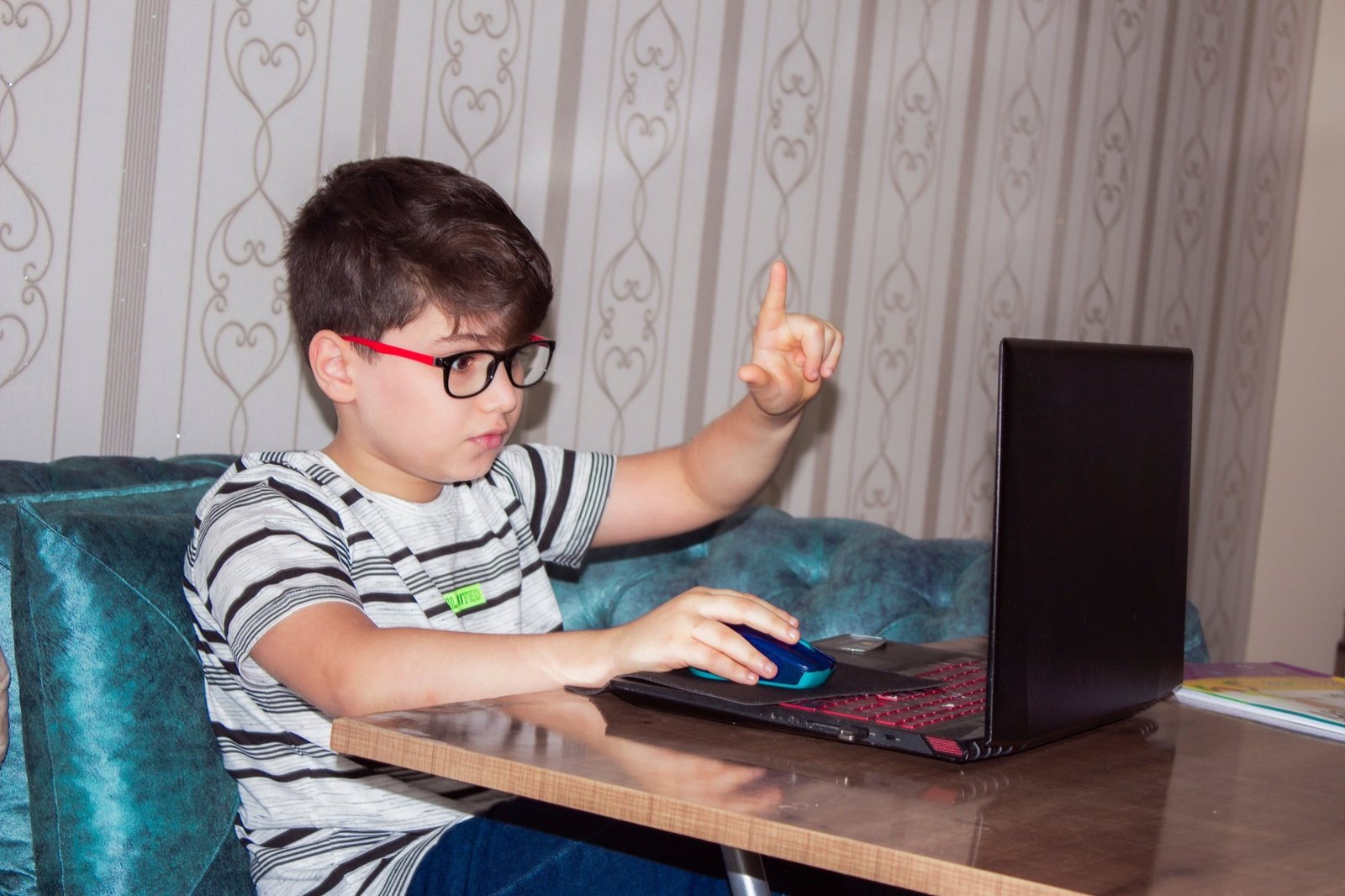How to Keep Kids Safe While Taking Online Classes

The education sector has undergone a radical transformation in the last year. While many schools had implemented classroom devices and software programs aimed at enhancing learning in the classroom, much of what happened within the school happened as usual. In an industry that often faces tight budgets and deadlines, we saw vastly diverse levels of digital readiness to operate a school as a fully online experience, from administrators and educators to parents and students across the country.
The Covid-19 outbreak completely changed this almost overnight. When students and staff were sent home in the spring, schools were suddenly faced with the daunting task of launching distance learning programs while accelerating the adoption of a digital-first operating model. . What takes many organizations months to accomplish … they only had days.
From a security perspective, such rapid adoption further puts already vulnerable educational institutions at risk. In mid-October, the K-12 Cybersecurity Resource Center reported that there have been more than 1,000 publicly disclosed cyberattacks in schools since 2016. This would be a worrisome statistic for any industry, but in education, it becomes even more serious as it adds the element of ensuring student safety and spending taxpayer money wisely.
While securing a huge digital environment is a complex task, it is something that almost all educational organizations and IT (information technology) teams will face in the face of continued uncertainty with the school year already underway.
These are three critical components that should be considered non-negotiable when it comes to enabling safe and successful distance learning programs.
1. Permanent connection with devices
The first critical component of a secure remote learning environment, obvious as it may seem, is the ability to track all devices and know how they are being used. This has proven to be a significant challenge for most schools and districts.
At the beginning of the pandemic, there was a very clear focus on sending devices home and ensuring that students and teachers stayed connected, but challenges often arose in tracking, managing, and securing those devices on a large scale while they were remote. These left schools were unable to see where their devices were physically located, which student took which device home, and what those devices were being used for. And just as daunting is the need to retrieve and restock all of those devices at the end of the school year.
Similar to corporate settings, school districts have spent huge amounts of money on hardware over the past decade, with significant spending in just the past six months. And with a limited supply of laptops available, it is more critical than ever that IT teams to maximize all the devices at their disposal.
IT teams for education need a permanent connection to all devices, whether they are inside or outside the school network. This connection, and the full visibility it enables, makes it possible to tell how many devices went home with students and staff and if any equipment is missing or unaccounted for. This allows you to answer key questions such as: Can students who received a device connect at home? Are they really using these devices to learn? How will we get the devices back at the end of the school year?
For a digital learning environment to be considered truly safe, there must be clear, real-time answers to these questions, as well as tools to act accordingly.
Related: 22 Safety Tips For School Students
2. Data, data, data
IT teams certainly have a daunting task ahead of them: ensuring that students are digitally enabled and properly equipped to learn remotely while ensuring that the digital technologies and applications they are implementing do not compromise the security or privacy of students. This means they need to know if a student or staff device has critical security controls in place, such as antivirus, web filters, and VPN (a virtual private network).or other remote access tools, and if those controls are working effectively. Can you see if critical updates and patches have been successfully deployed and installed on remote computers? Can they identify students who are using malicious VPNs to access inappropriate content, which could compromise their security and privacy?
Schools have multiple stakeholders to whom they are accountable, so it is imperative to have access to the insights necessary to demonstrate these accounts to each and every one of them. There are the students they teach, the community they serve, and the taxpayers who fund them; All of these parties need to understand the effectiveness of their learning programs and whether the investments made in these programs paid off.
Something that is as important as the ability to track each device is having a continuous feedback loop for it, one that is capable of providing information directly aligned with key metrics, such as the number of devices in the hands of students, levels of student participation with digital learning applications and if student data is properly protected. Only with this feedback can schools evaluate and take action to improve their processes, technologies, and security posture in the coming months.
Related: How to Choose the Best Laser Marker: Best Guidelines to Avoid Mistakes
3. Agility and flexibility
The third critical component here is operational agility; they simply cannot create or optimize for a particular model. To have a safe distance learning environment, there must be a consistent level of security, regardless of the current operating model. Schools must be able to seamlessly transition between models, whether remote, hybrid, or face-to-face, when necessary, as well as maintain the same level of device visibility and data protection, whether a device is connected to the school network or home.
If there’s one thing everyone can agree on, it’s that students should be able to learn no matter where they are, and their safety and security should be at the forefront regardless of whether they are in the classroom or at home. These three components will prove to be absolutely crucial in enabling schools to meet the enormous responsibility before them, to fulfill the promise of a safe and productive learning environment no matter which model they choose.











